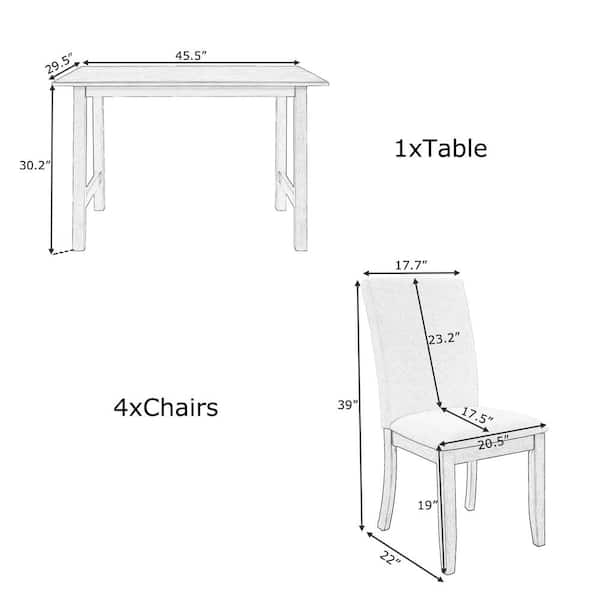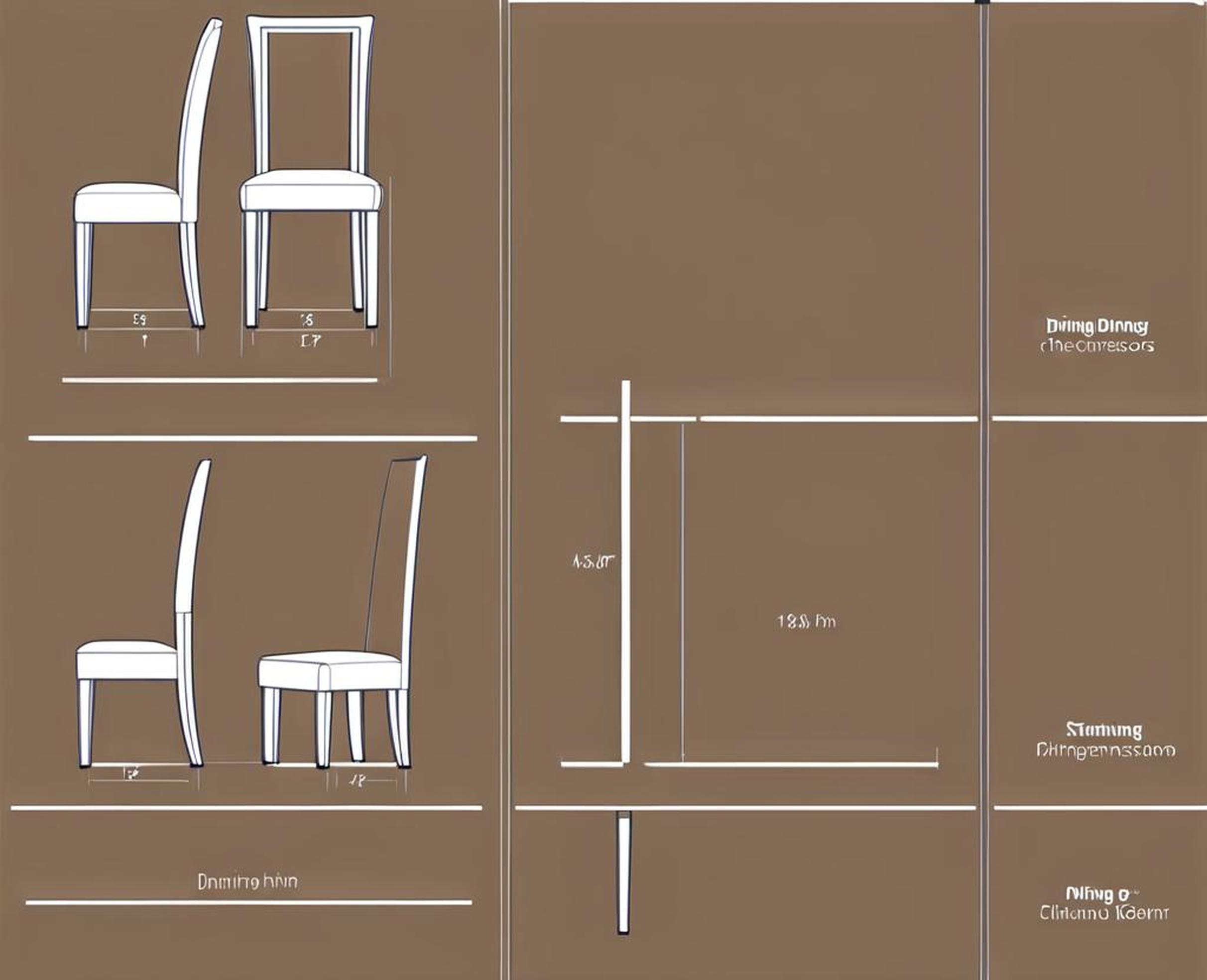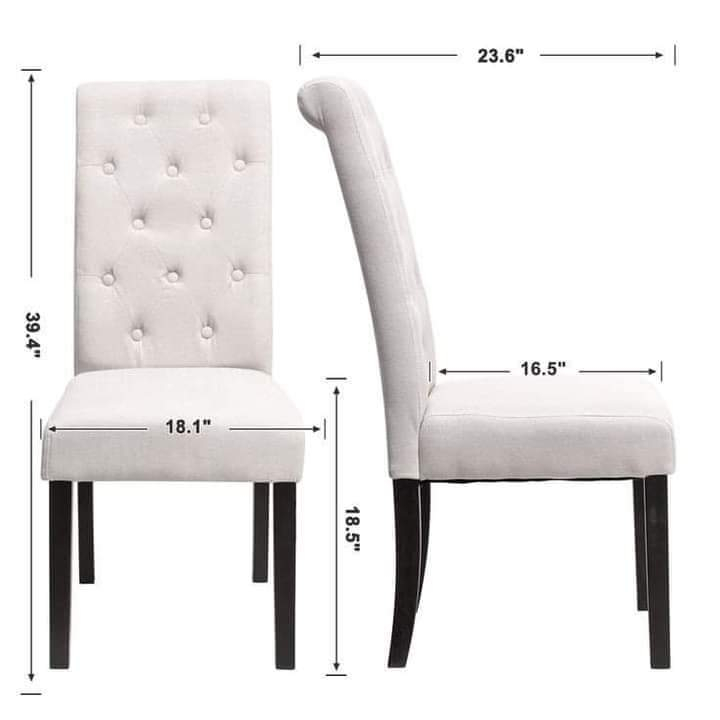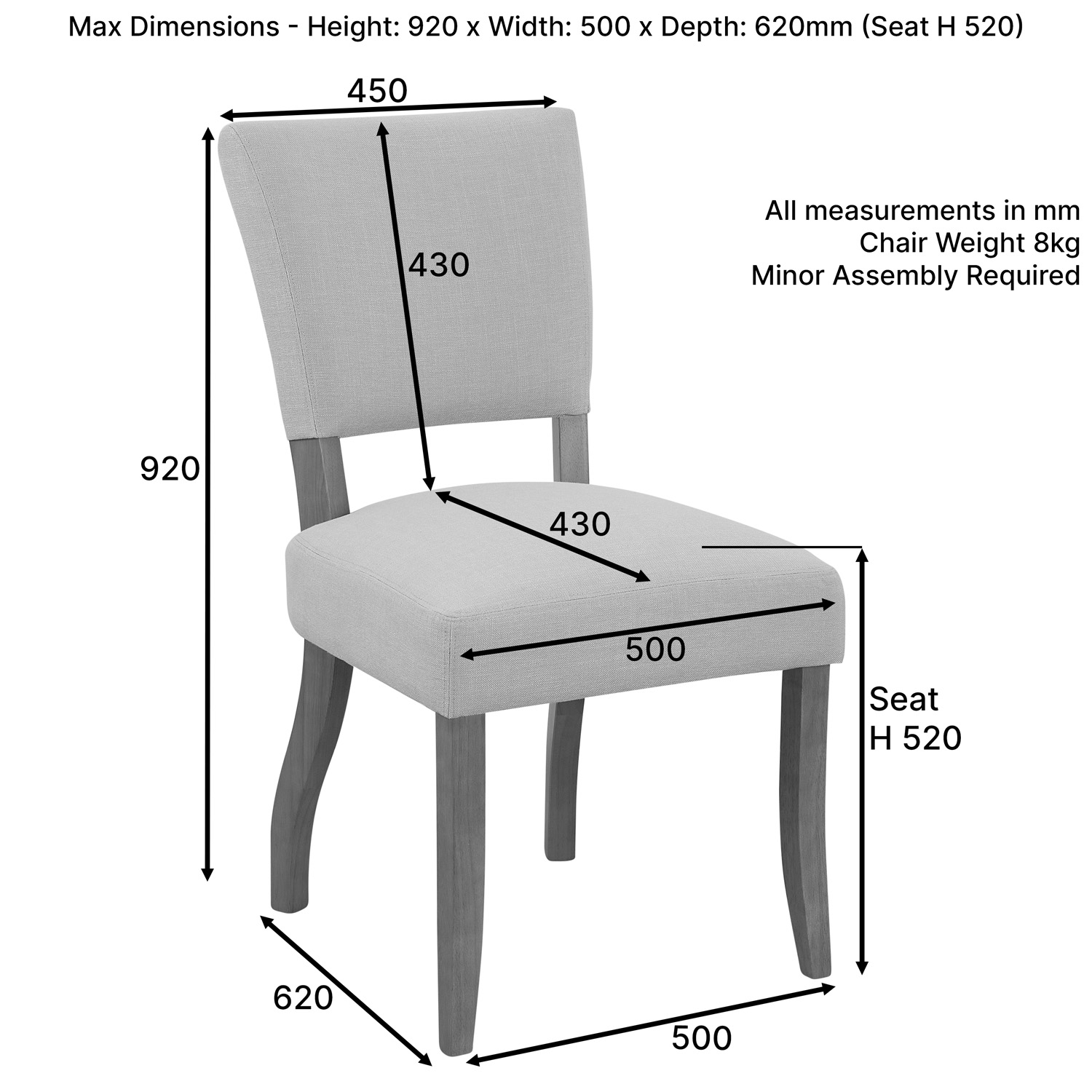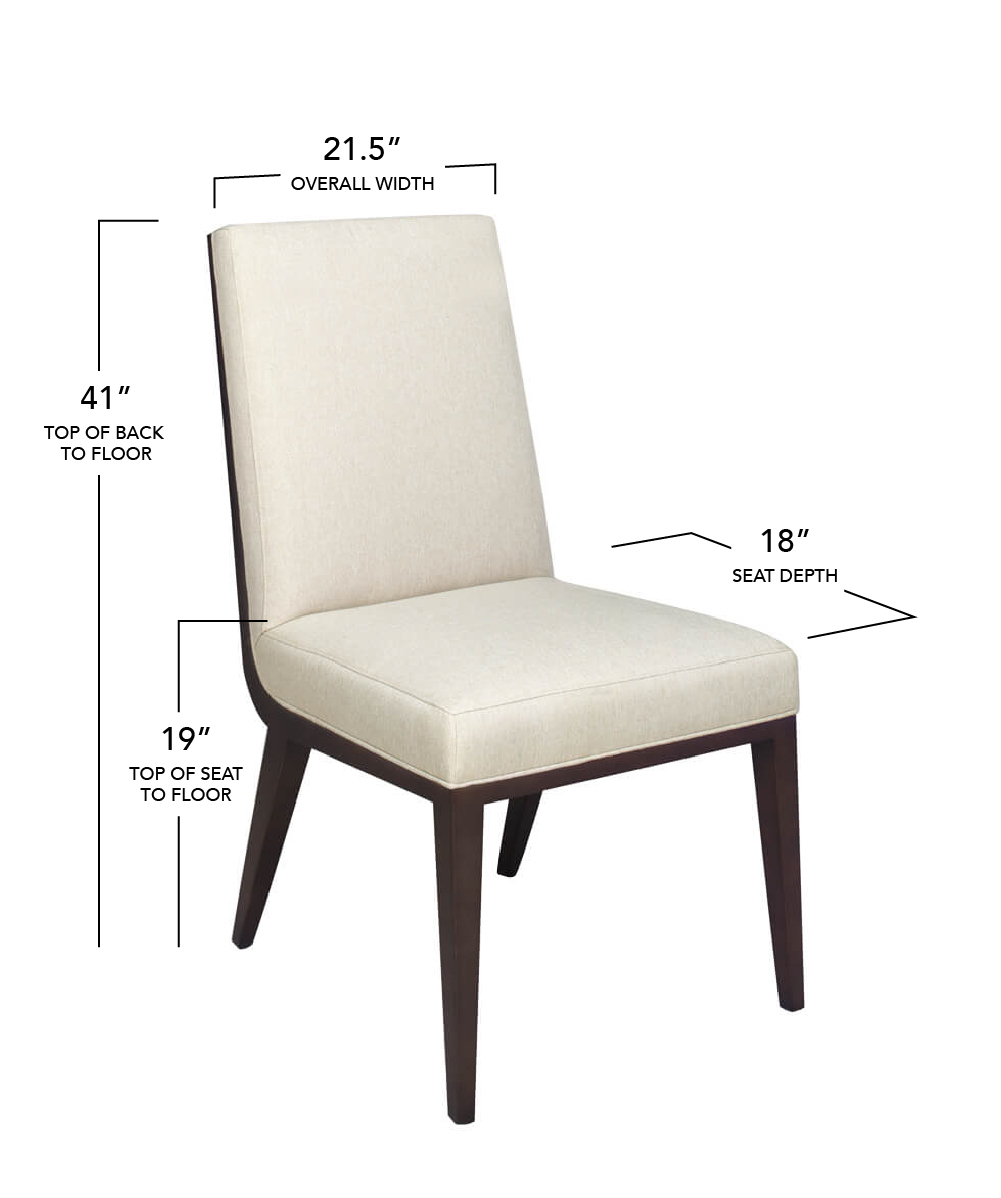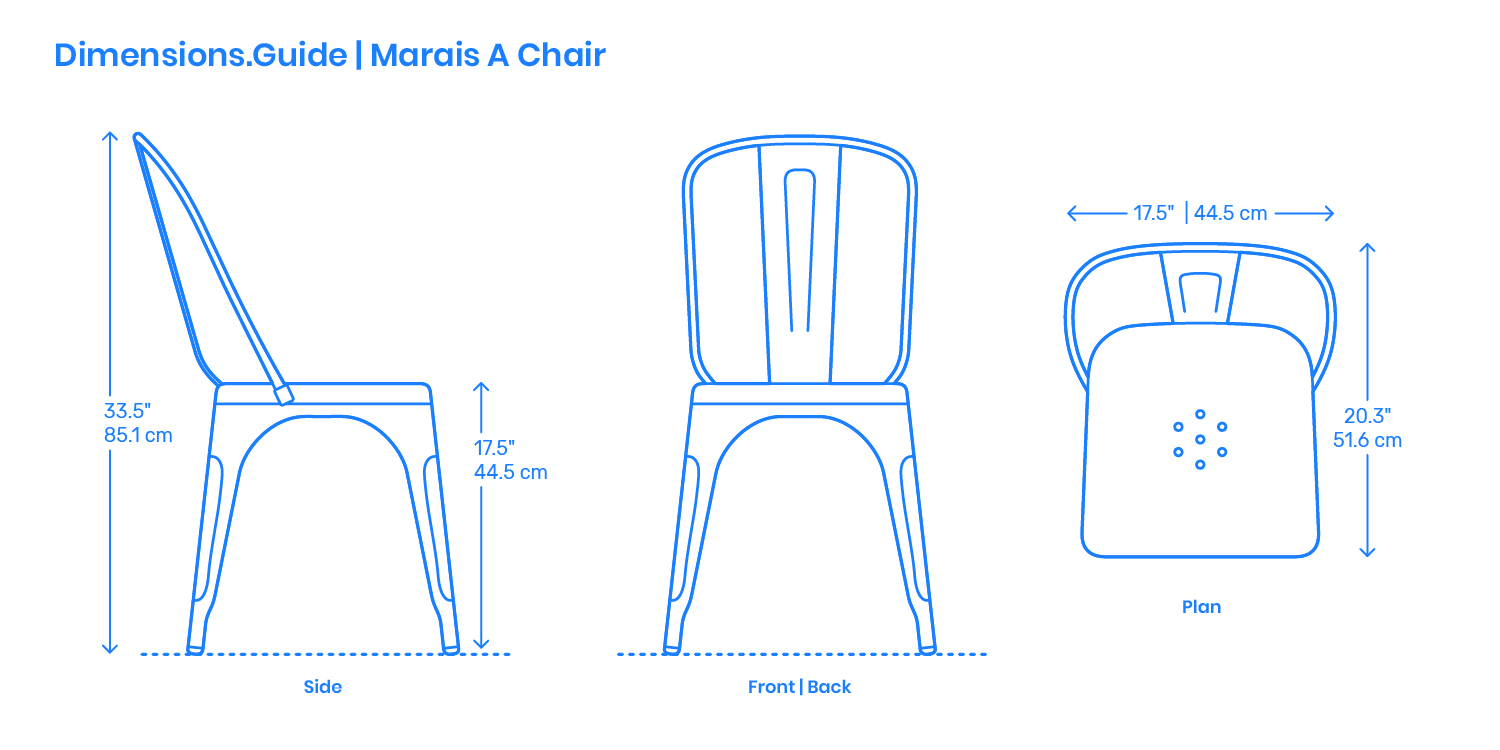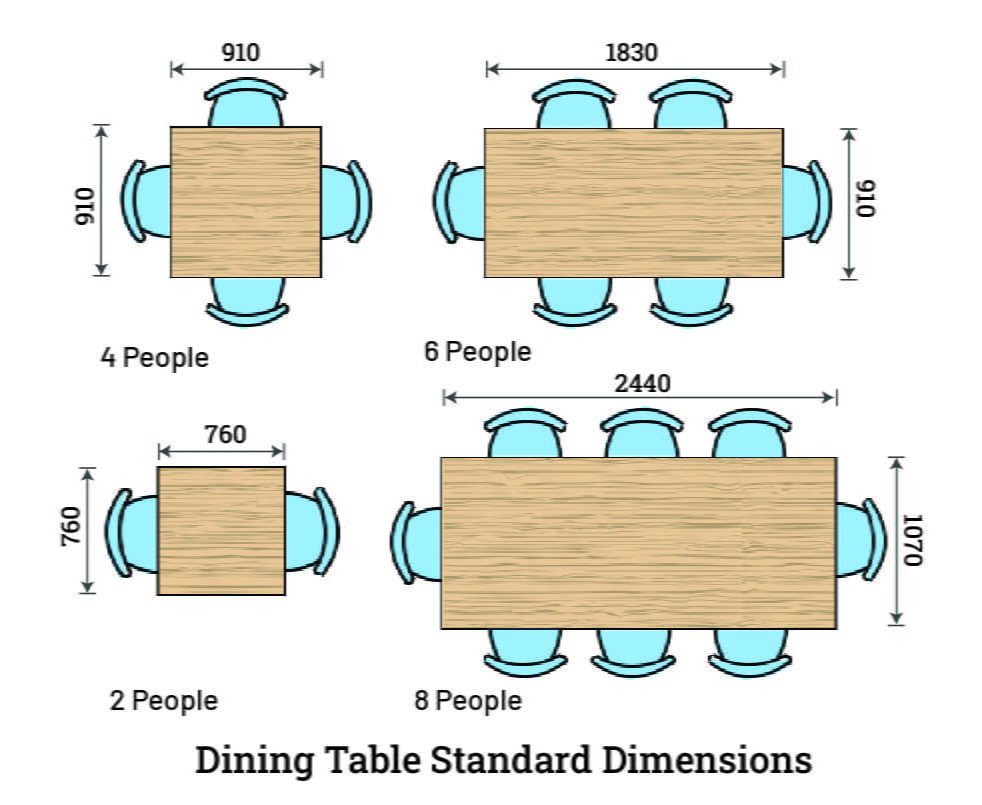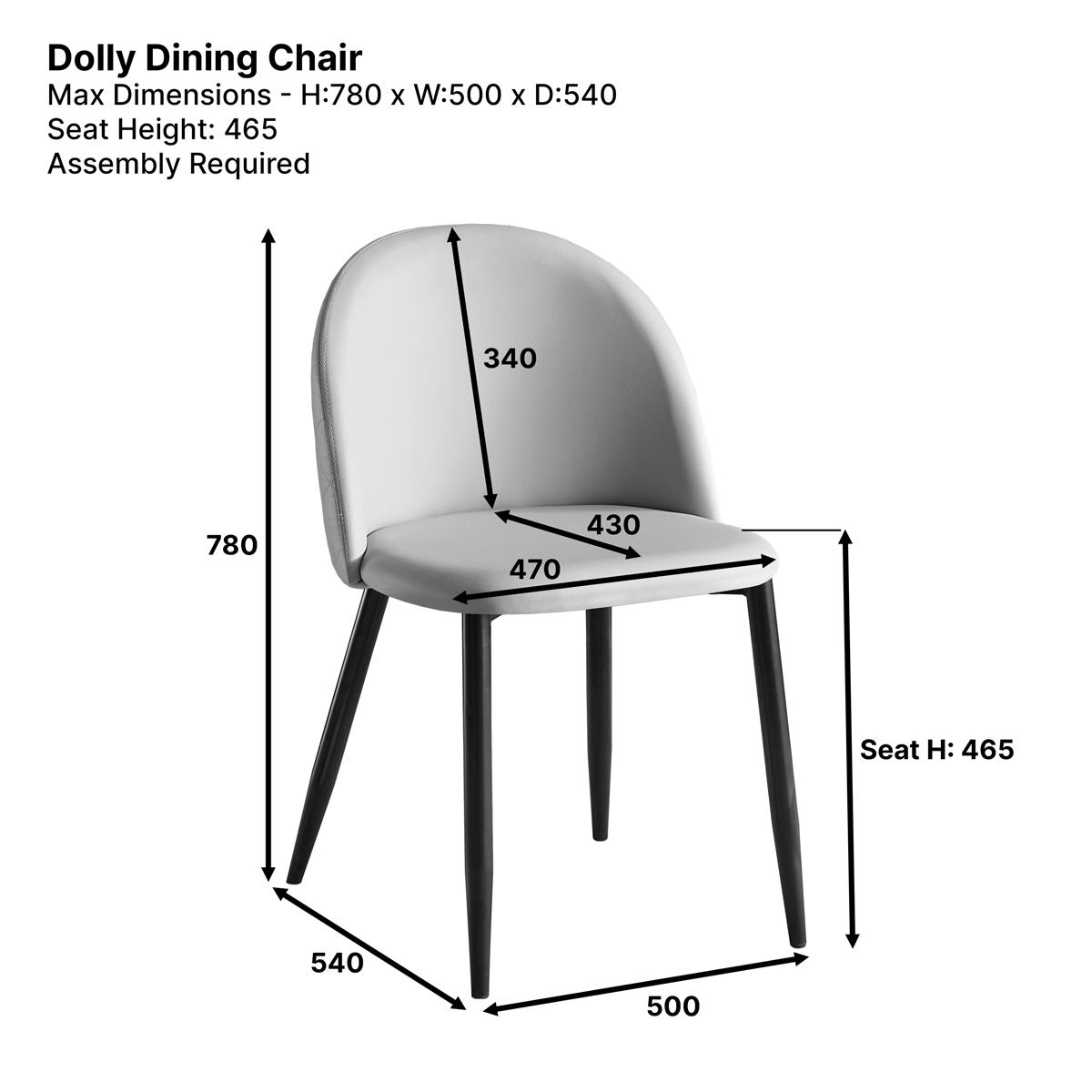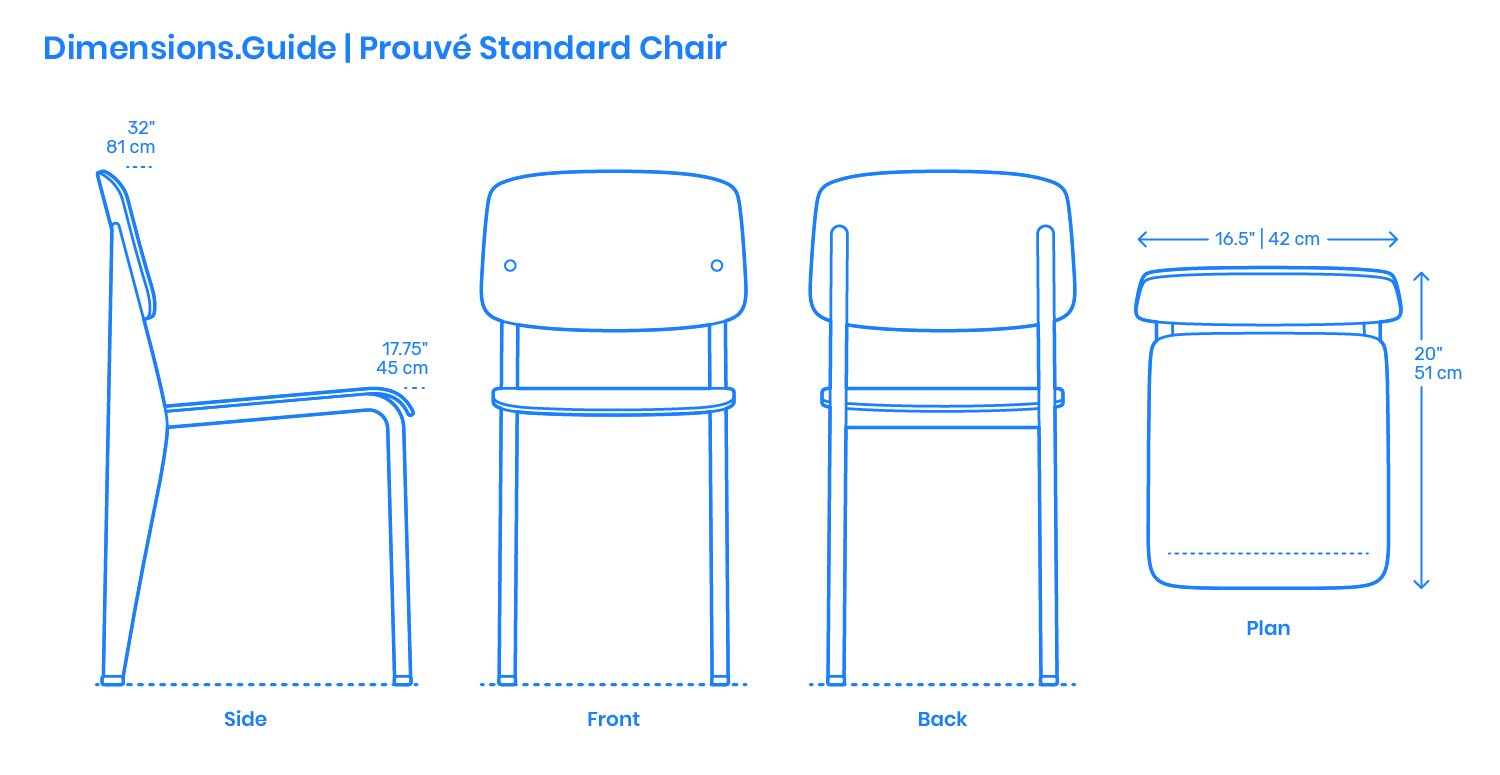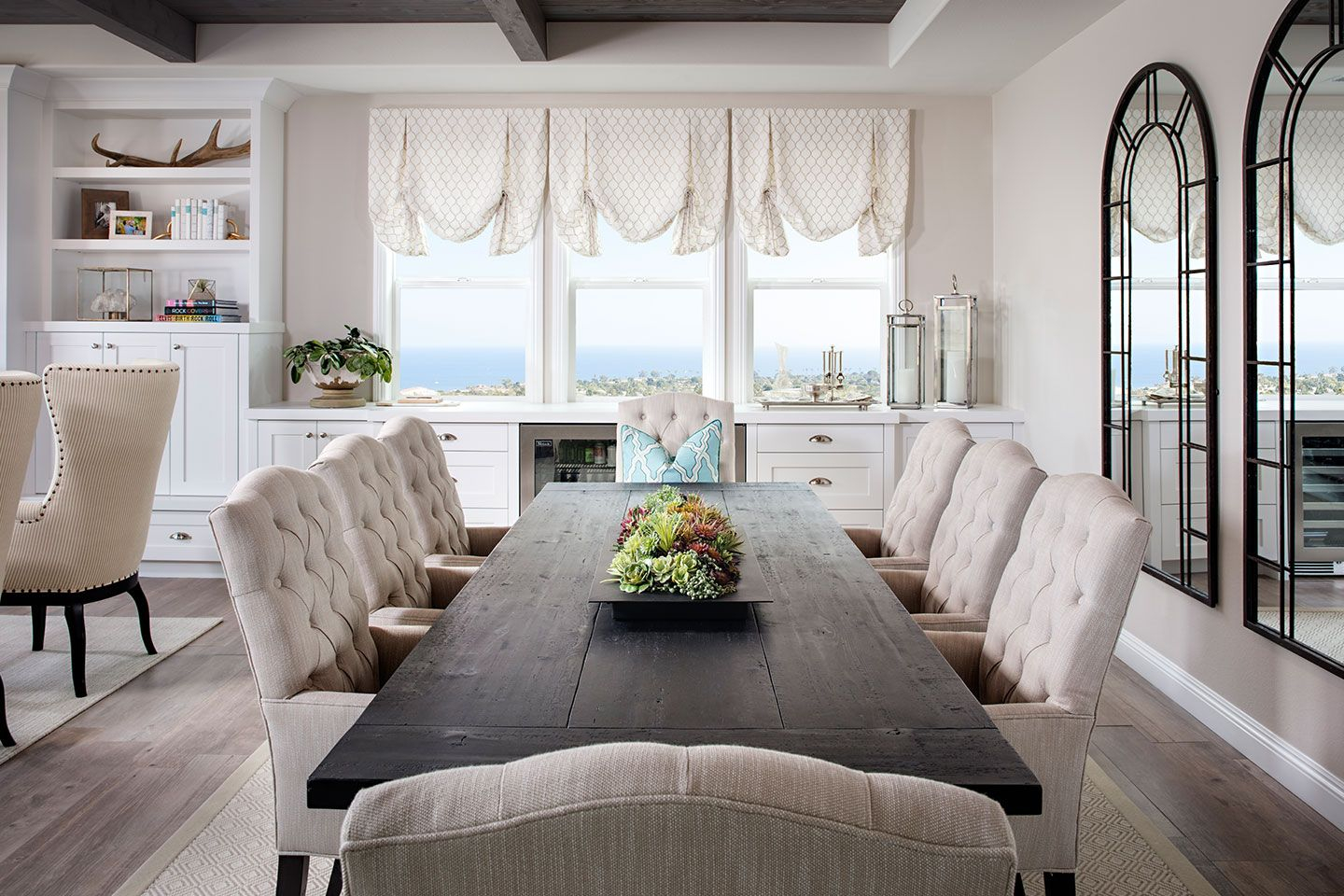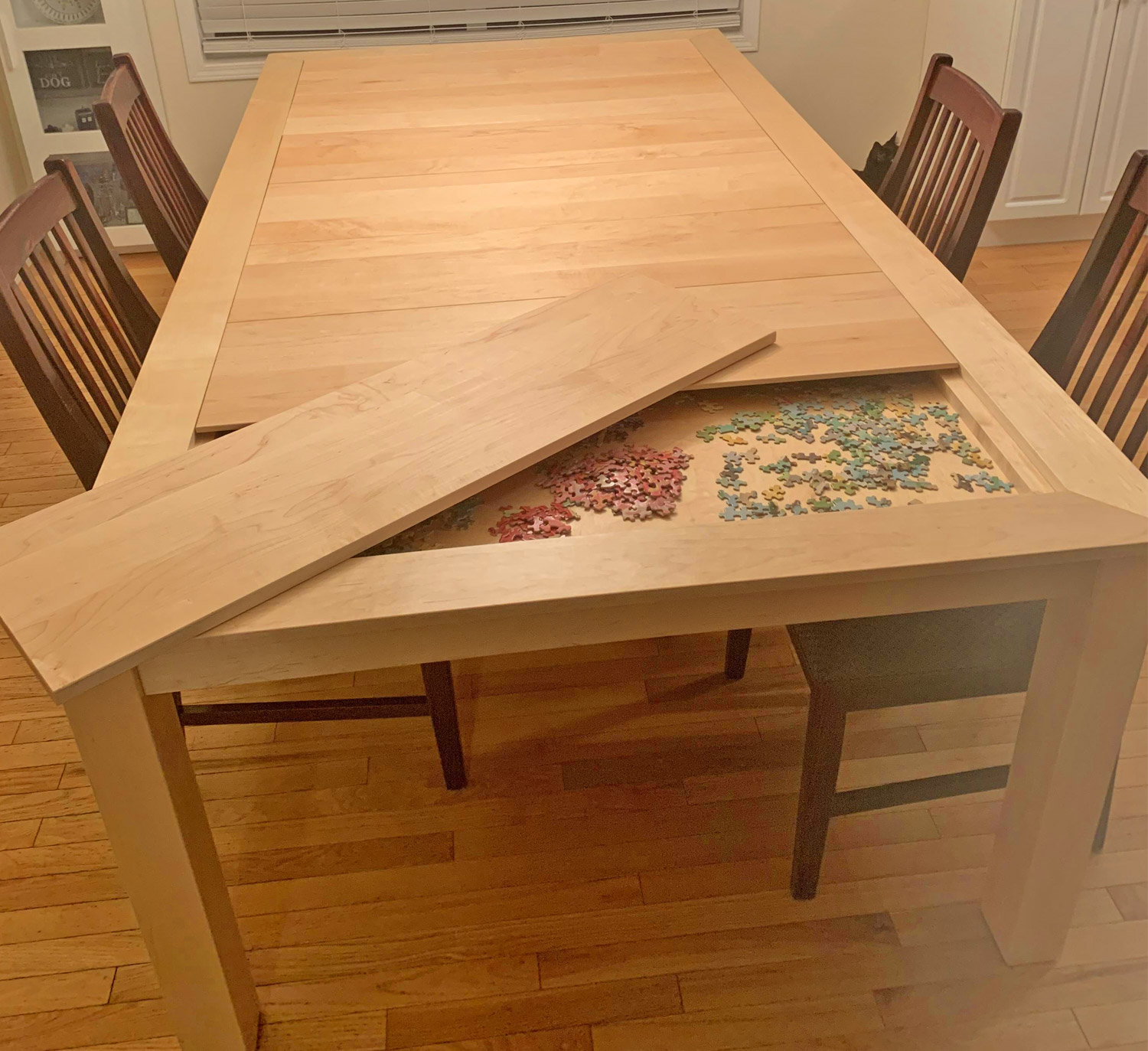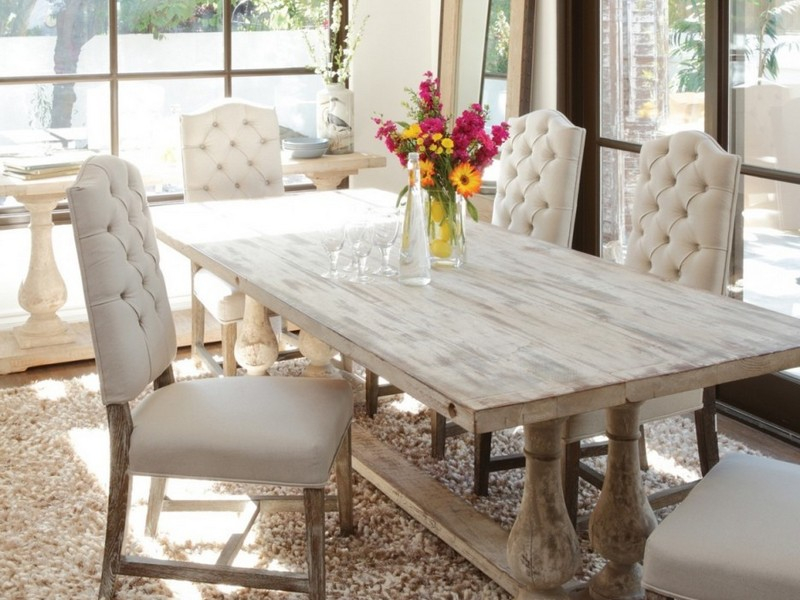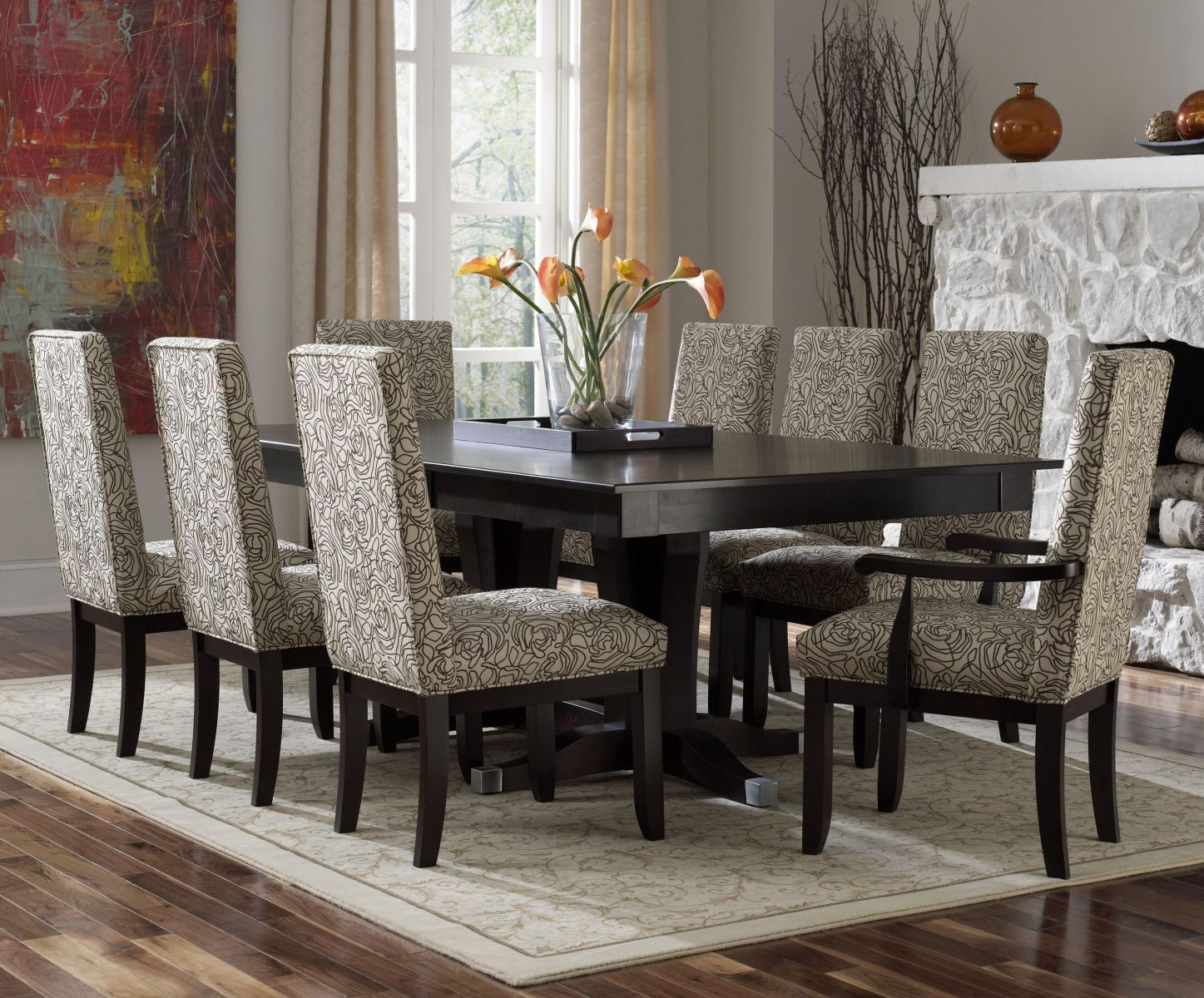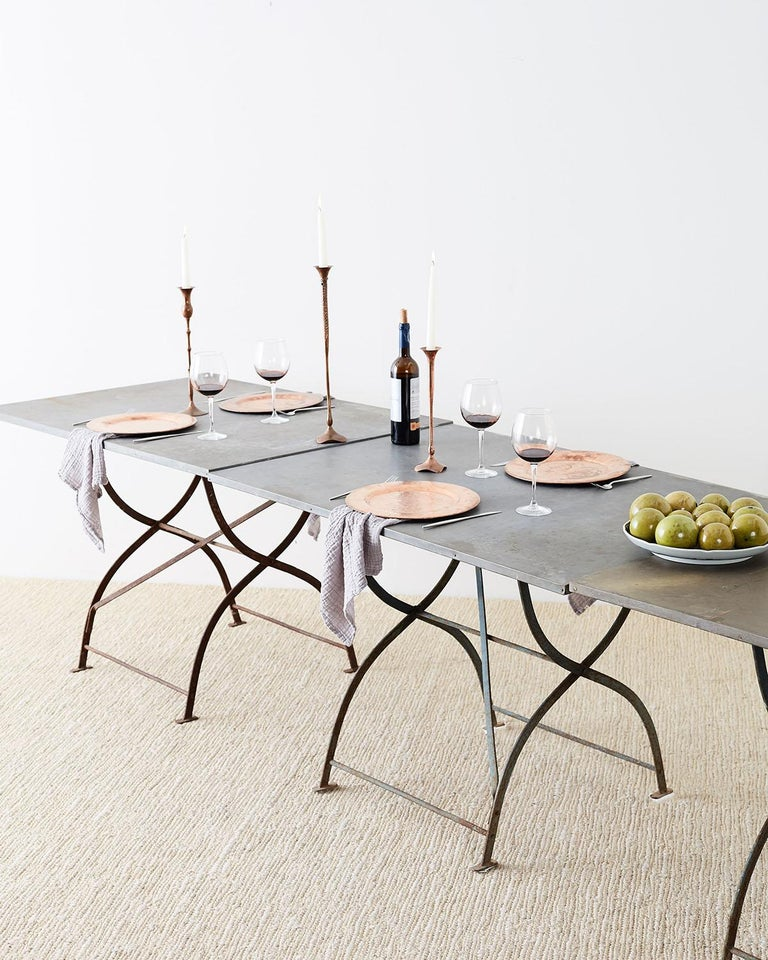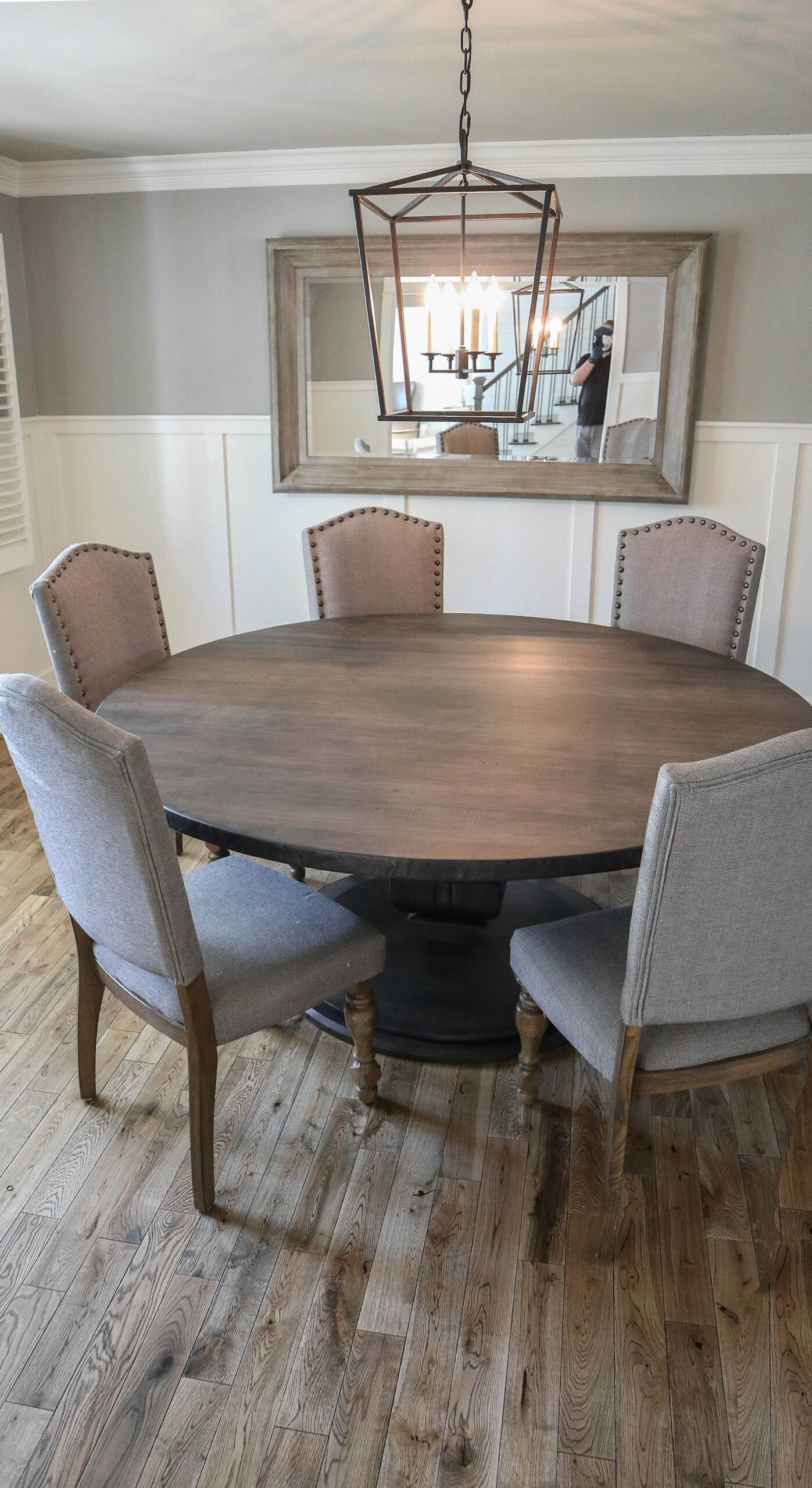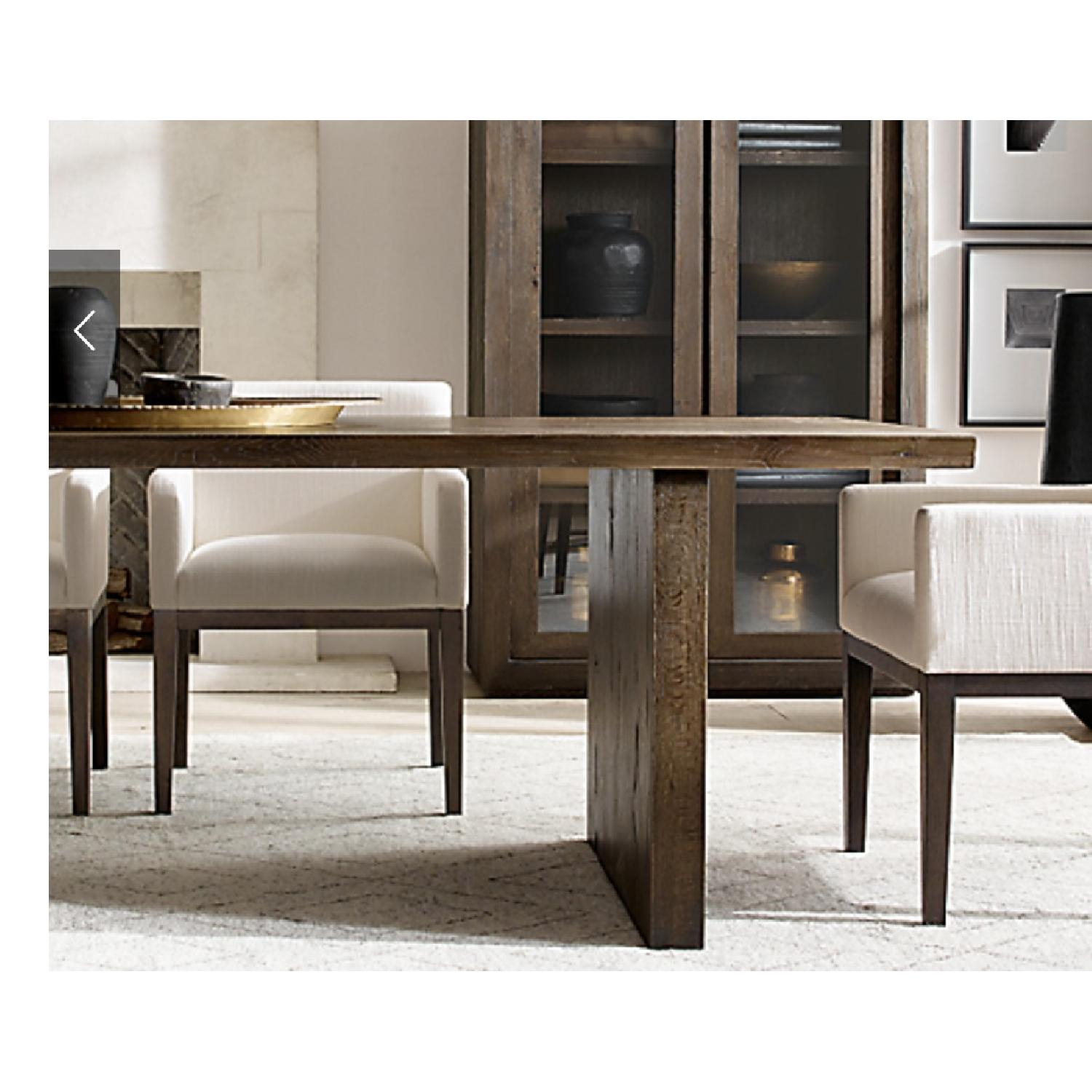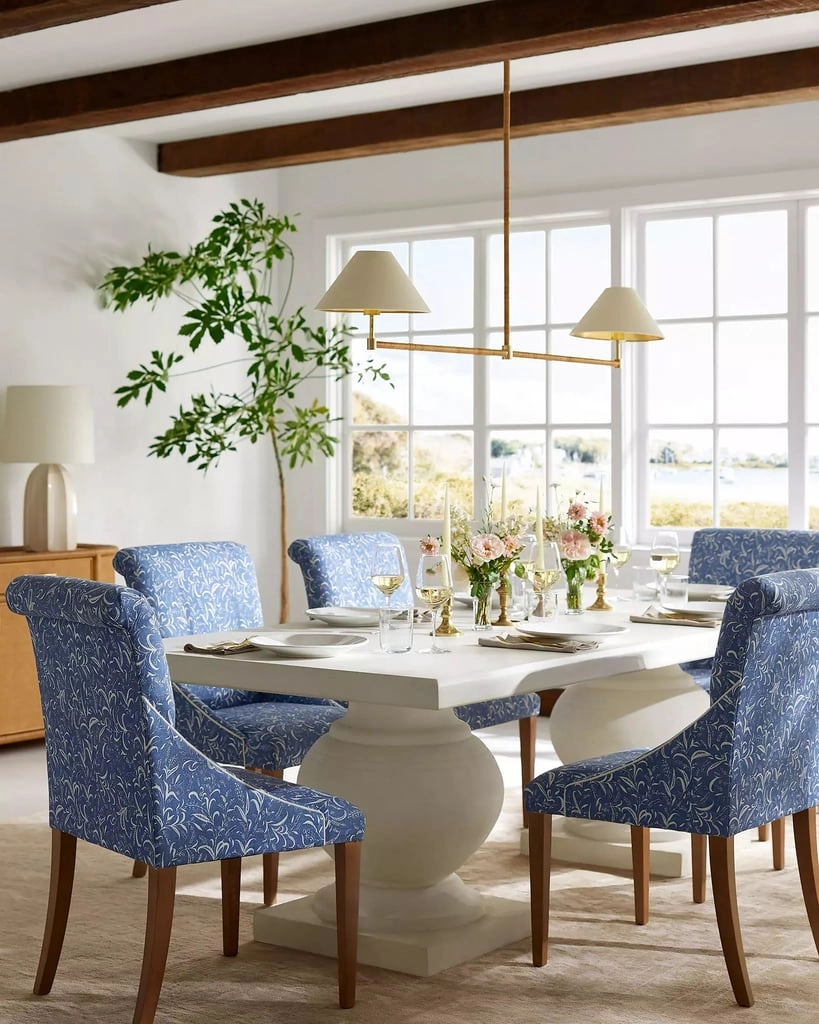So, you’ve picked out the perfect dining table. That’s fantastic. But have you thought about what goes around it? The chairs are more than just places to sit; they’re the supporting cast that makes your dining experience truly enjoyable and stylish. Getting the dimensions right is key, and honestly, it can feel a bit like navigating a maze. Let’s simplify it, shall we? We’re going to break down everything you need to know to make sure your dining chairs fit your table, your space, and your comfort needs like a dream.
It’s easy to get caught up in the look of a dining chair – the fabric, the style, the color. And sure, those things matter. But if the chair’s dimensions aren’t right, even the most beautiful piece can feel awkward or out of place. Think about it: too tall, and your guests will be craning their necks. Too short, and it looks a bit comical. Not enough legroom, and dinner becomes an exercise in contortion. Understanding the fundamental measurements – seat height, width, depth, and back height – is your secret weapon for creating a harmonious and functional dining space. It’s about marrying form and function, and we’re here to guide you through it.
The Crucial Seat Height: The Foundation of Comfort
This is arguably the most critical dimension. The general rule of thumb is to have about 10 to 12 inches of space between the top of the dining chair seat and the underside of your dining table. This gap ensures comfortable legroom and allows you to easily slide in and out of your seat. So, if your table is 30 inches high, you’ll want chairs with a seat height between 18 and 20 inches.
- Standard Dining Table Height: Typically 28-30 inches.
- Ideal Seat Height: 18-20 inches for standard tables.
- Counter Height Tables: Usually 34-36 inches high, requiring counter stools with a 24-26 inch seat height.
- Bar Height Tables: Often 40-42 inches high, needing bar stools with a 30-32 inch seat height.
Remember, this is a guideline. Some people prefer a little more or less space. It’s always best to measure your specific table and consider the general comfort of your household members. If you’re buying chairs online, check the product specifications carefully. A slight difference can make a big impact on how the set feels.
Seat Width and Depth: Room to Settle In
Once you’ve got the height sorted, let’s talk about the space you’ll actually be sitting in. Seat width and depth are all about comfort and how much room you need to feel relaxed.
- Seat Width: Most dining chairs have a seat width ranging from 18 to 22 inches. Wider chairs offer more comfort and a more luxurious feel, while narrower chairs can be more space-efficient. Consider the overall width of your table and how many chairs you plan to fit. You don’t want them crammed in so tightly that people can’t move.
- Seat Depth: This refers to the distance from the front edge of the seat to the back. A typical seat depth is between 16 and 20 inches. You want enough depth so that your thighs are supported, but not so much that your back isn’t against the chair back. A good test is to sit in the chair and see if you can place three fingers between the back of your knee and the edge of the seat. If it’s more than three, the seat might be too deep for you.
For a really snug fit at your table, try to ensure there’s about 6 inches of space between the sides of each chair when placed at the table. This provides a comfortable amount of elbow room.
Back Height and Support: Beyond the Seat
The height of the chair back plays a significant role in both comfort and the visual balance of your dining set. A chair back can extend well above the table, or it can be low-profile.
- Low Back Chairs: These typically have backs that are only a few inches taller than the seat, or even level with it. They offer a more minimalist and modern look and can make a room feel more open, especially in smaller spaces. However, they might offer less back support.
- Mid-Back Chairs: These are very common and usually extend about 15-20 inches above the seat. They provide a good balance of support and style.
- High Back Chairs: These can extend significantly above the seat, offering substantial back support and a more formal or traditional aesthetic. Be mindful of scale here – very high backs can overwhelm a smaller room or table.
When considering the back height, think about how it will look in relation to your table. You generally don’t want the chair backs to be so tall that they obscure the view across the table or make the room feel closed in. Aim for a visual harmony where the chairs complement, rather than dominate, the table.
Armrests: A Touch of Luxury or a Space Hog?
Armrests add a touch of luxury and comfort, but they also add to the overall footprint of the chair. This is where dimensions can get tricky, especially with standard dining tables.
- Arm Height: If the chairs have arms, you need to ensure they will clear the table. Measure the height of the arm from the floor to the top of the armrest and compare it to the height of your table. Ideally, the armrests should be able to slide completely under the table. If they can’t, they might get in the way, forcing you to pull the chairs out further than you’d like, or they might rest awkwardly on the table edge.
- Overall Chair Width (including arms): Armrests increase the overall width of the chair. Factor this into your spacing calculations. You’ll need more space between chairs if they have arms.
There are also chairs with open arms or those where the arms are set back, which can sometimes offer a compromise, providing a bit of arm support without significantly increasing the width or the likelihood of hitting the table.
Spacing Your Chairs: The Art of Flow
It’s not just about the chair itself, but how it fits with its neighbors and the table. Proper spacing ensures comfort and ease of movement around your dining area.
- Space Per Person: Plan for about 24 to 30 inches of space per person along the perimeter of the table. This measurement is from the center of one chair to the center of the next. This gives everyone enough room to eat comfortably without bumping elbows.
- Clearance Behind Chairs: Make sure you have enough clearance behind the chairs for people to get in and out easily, and for others to walk behind them. A minimum of 36 inches is recommended from the edge of the table to any wall or obstruction behind the chairs. If you want people to be able to walk behind seated guests, aim for closer to 48 inches.
Think about the flow of your room. Can people easily get to their seats? Can they get up without disturbing everyone else? These practical considerations are just as important as the aesthetic ones.
Putting It All Together: Practical Tips for Selection
Now that we’ve covered the nitty-gritty, how do you actually use this information when you’re shopping?
- Measure, Measure, Measure: Before you even start looking, measure your dining table (height and width) and your dining space. Sketch out your room and mark where the table will go.
- Consider Your Table Type: Is it a standard dining table, a counter-height table, or a bar-height table? This dictates the type of chairs or stools you’ll need.
- Test for Comfort: If possible, try sitting in the chairs before you buy them. Pay attention to the seat height, depth, and back support. Even online, look for reviews that mention comfort.
- Visualize the Scale: Hold up a measuring tape where a chair would go. Does it look proportionate to the table and the room? Imagine the chairs with arms – will they fit under the table?
- Don’t Forget the Style: While dimensions are crucial, the chairs should also align with your personal style and the overall aesthetic of your dining room. There are plenty of options that tick both the practical and stylistic boxes.
- Create a Mock-Up: If you’re really unsure, cut out cardboard templates of the chair dimensions you’re considering and place them in your dining space. This can be a surprisingly effective way to visualize the fit and spacing.
Choosing dining chairs is more than just an aesthetic decision; it’s about creating a functional and comfortable environment for gathering and enjoying meals. By paying close attention to seat height, width, depth, back height, and armrest considerations, and by ensuring proper spacing, you can transform your dining area into a space that is both beautiful and a joy to use. So, grab your measuring tape, consider these guidelines, and find those chairs that will make every meal a more comfortable and delightful occasion. Happy dining!

